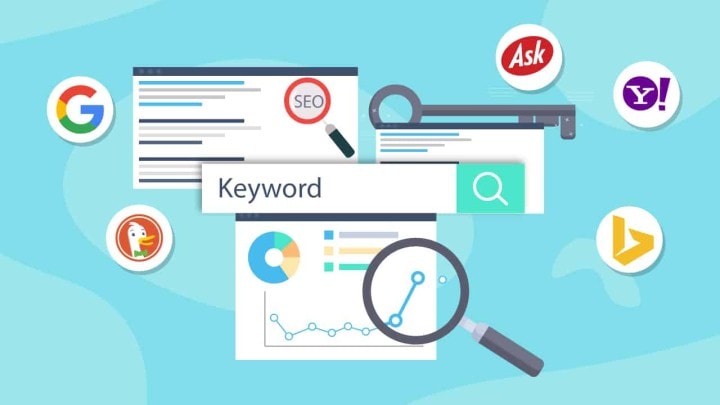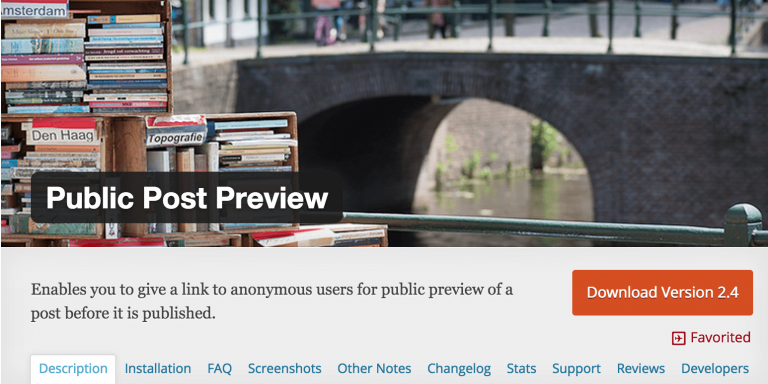Way of the Tortoise: Focusing on What’s Important

This article is part of the “Way of the Tortoise” series. You can check out our other posts in this series here. Check back regularly to read our other updates.
A couple of things happened the other day. I watched a documentary on Netflix, as many others have done, titled Minimalism. I then read this excellent piece by Fred Myer, over at WP Shout. My take aways from each of these was simply this: Focus on what’s important. Simplicity has been on my mind a lot lately.
It’s been a while since I’ve posted a Way of the Tortoise article, and this isn’t one I planned to write in this series yet I feel it’s important. While philosophical in nature, this piece attempts to get you in the right mindset when choosing to do things with your online business platform (aka your website).
Why are you talking to me?
If a client or prospective client is talking to me, they typically need something from me. Cool. But why?
This breaks down usually in this manner:
I’m building a portal for some industry that has the following capabilities. List of things it should do ad-nauseum. It happens with just about every inquiry I get. And that’s okay. YOU SHOULD know what it is that you want to do.
The problem is that folks are focused so much on the technology and the functionality that they become less concerned with the “why.” This is easy for both service providers and clients to overlook. It’s fun to do this type of work and it’s fun to get into the guts of the thing we’re building. But service providers and clients should never lose site of the goal.
Again, I ask, why are you talking to me? Your answer should be focused on a problem you see and the solution you’d like to come up with that solves that problem and how it will achieve different business metrics.
The worst thing you can do is to ask for a solution based on features. You want to ask for a solution that is based on outcomes.
It’s okay if your solution isn’t the prettiest or flashiest. If looks and sparkly things help it accomplish it’s goal, and you can report on it, then GO for it. Otherwise, stick to the things that work best.
Ask yourself:
- What is my ultimate goal with the work I’m asking for? Do you want to make your processes more efficient? Great! An easier to use solution can mean a savings of time and, of course, money. Do you want to attract more visitors? Great! Will more visitors lead to more sales or subscribers?
- Have I researched the problem I’m trying to solve? Painstorming is a thing. It means that you put together research about the pain points you are building a solution to address. Have you talked to people who are having this problem? Are there places where people discuss this online? Is there an existing group of folks who share this pain that you can engage? Most people never do this step—it’s a step left to marketing companies. But it’s well worth your time to painstorm.
How will the proposed solution solve this problem and help me meet my goals?
A no non-sense question deserves a no non-sense answer. Whichever service provider you go with should connect their work to your end goals. How does building this thing, that thing, and the other thing help your business do what you need it to? That’s a great question. You should get an easy to understand the response to your question.
I declined a project late last year from a local manufacturer. They wanted a site because they wanted one. The old site was, well, old. They wanted an update. The person I spoke with was only concerned with getting the work done and not with how a fresh coat of paint could help their business. After repeated attempts at trying to get information out of him, he finally said: “Look, we just need a new site that is modern and mobile friendly.” Okay, but why? The current site is working, so who cares? Is the need data-driven? It should be at a minimum. When I saw that I could not engage in that deeper level discussion I knew it was time to move on. Whatever I built would simple cross an item off of someone’s checklist. The client should demand more and so should those providing professional services.
When I saw that I could not engage in that deeper level discussion I knew it was time to move on. Whatever I built would simple cross an item off of someone’s checklist. The client should demand more and so should those providing professional services.
How do you focus on what matters?
There’s a great design quote that I, and many others, like to cite:
Perfection is achieved, not when there is nothing more to add, but when there is nothing left to take away.
— Antoine de Saint-Exupery
I think the first point is to err on the side of simplicity at all times. Overengineering, over-thinking, and over analyzing kill projects and hinder them at every step in the process.
- Start with the end in mind, another platitude but one worth repeating. What’s the goal of the project and work back from there?
- Research: Who is having this problem? How do you know? Did you ask someone? Did you see an online discussion about it? Did you start an online discussion about it? How did that go?
- Ask: How does this feature get me closer to my goal? i.e. By implementing a popup, we will increase our chances of getting a new signup on our list because studies show people love those annoying shits.
- Ask: Is there a simpler and more elegant solution? Do we need all these features? What features could we do without and still accomplish our goals?
- Measure: Whatever you put together, you want to make sure it’s measured. If you’re replacing an existing solution, be sure you know the stats that determine success or KPIs (key performance indicators).
Keep it simple silly.
Yeah, I added “silly” at the end. It’s important to keep things manageable and simple. That’s a good way to keep focus on the important stuff. When in doubt, keep it simple.
A challenge
As I write this, I’ve thought of a few things I could remove from this site. I have a post type that I don’t use and have no plans of using. I have a popup I need to revisit to see if I should keep it or not. Also, do I need to have stats on my website dashboard if Google Analytics already does this for me?
Those are three things I can remove from my website. That’s some low-hanging fruit right there.
What about you? What could YOU remove from your business site?
Get Notified When We Publish New Content!
Join more than 2,500 people who get our marketing automation, business marketing, and WordPress news!

![[Series] Growing Your Business Online by Getting to Know Yourself](https://digisavvy.com/wp-content/uploads/2016/06/getting-found-online-768x411.jpg)




